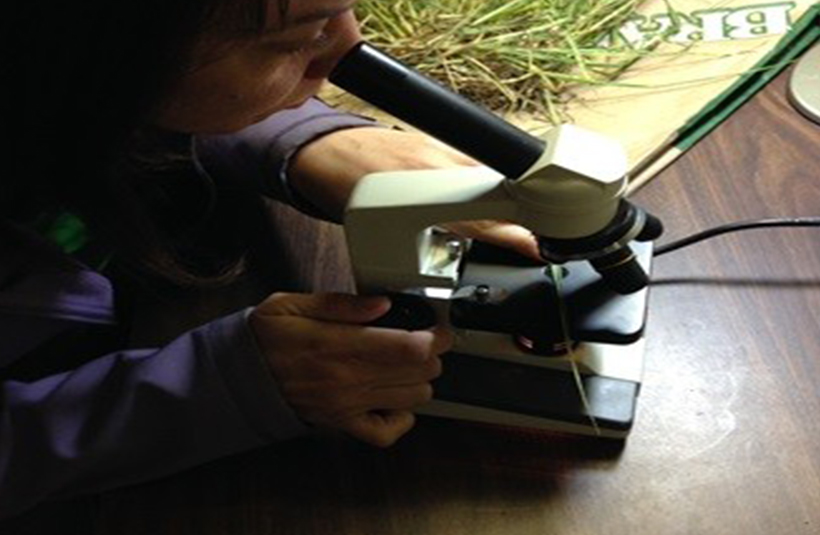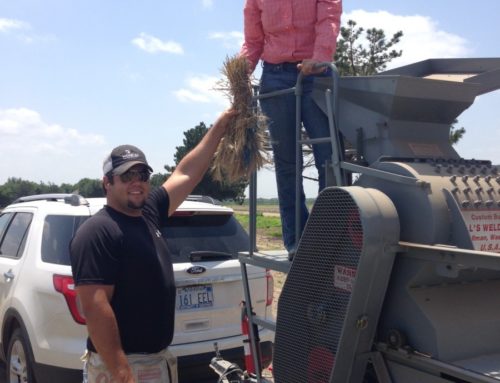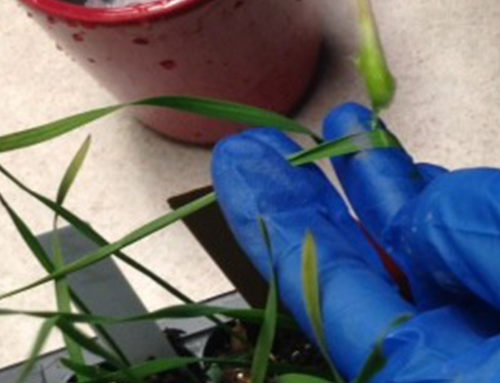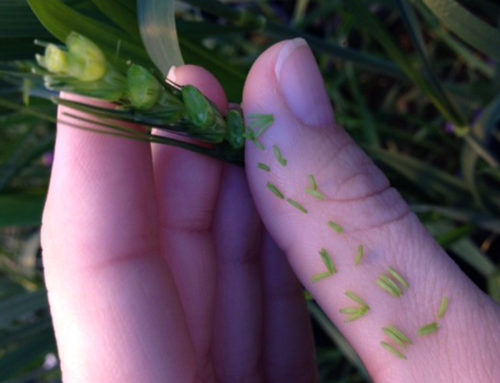Marla is “a mite concerned” about the health of some wheat plots!

Dean and I also visited Kildare, Oklahoma recently to take a look at the Oklahoma State University wheat variety trial. The trial was showing major symptoms of WSMV. We brought a few plants back and a quick look under the microscope revealed the tiny critters causing all the trouble: wheat curl mites.
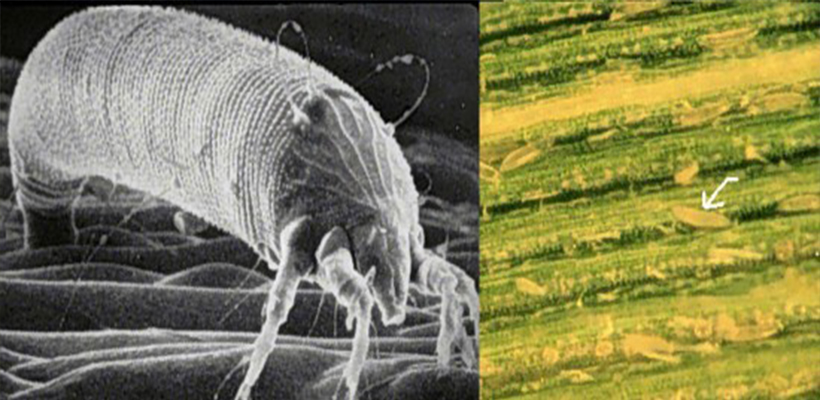
Until next time, Marla

